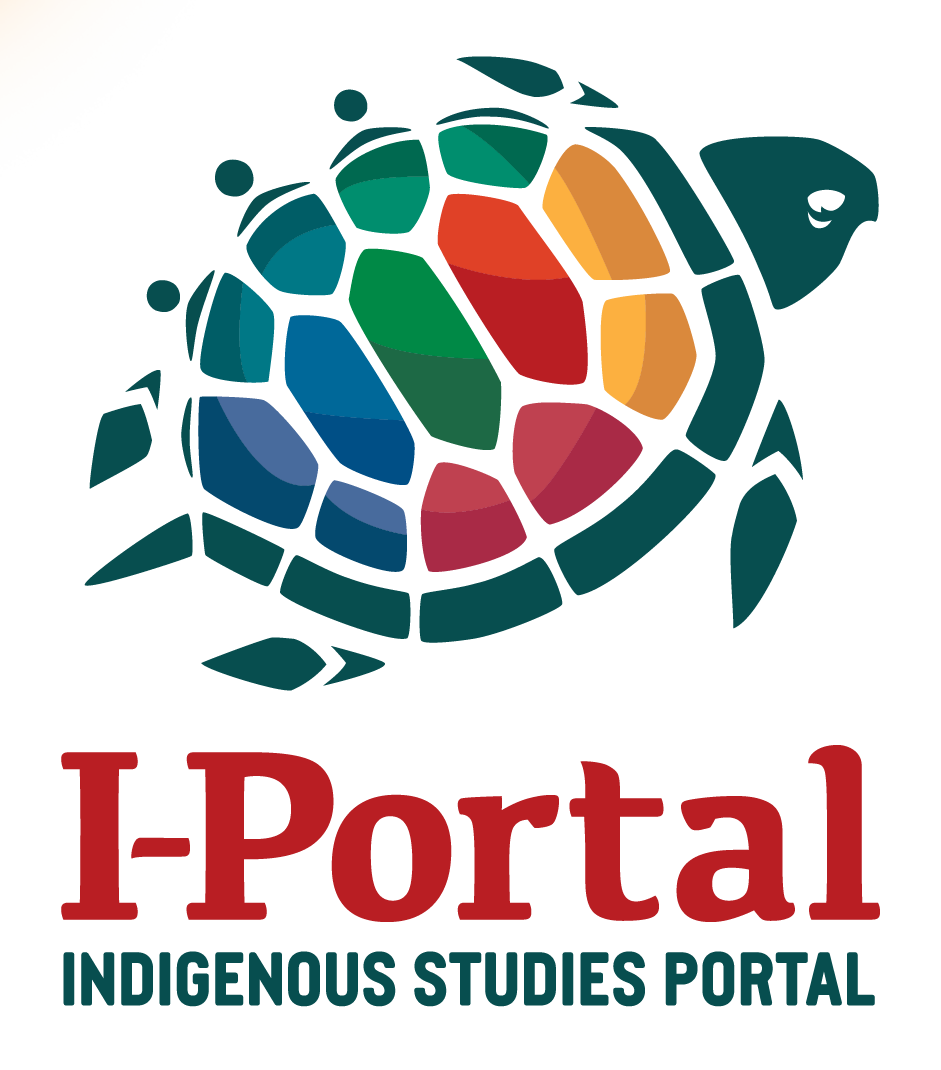Alternate Title
Quelques recits d’un voyageur extraordinaire : Recourir aux tours virtuels pour acceder a des sites patrimoniaux eloignes des savoirs culturels inuit
« Quelques récits d’un voyageur extraordinaire » : Recourir aux tours virtuels pour accéder à des sites patrimoniaux éloignés des savoirs culturels inuit
Articles » Scholarly, peer reviewed
Author/Creator
Peter C. Dawson
Cecilia Porter
Denis Gadbois
Darren Keith
Colleen Hughes
Luke Suluk
Études Inuit Studies, vol. 42, no. 1, Arctic Collections and Museology: Presentations, Disseminations, and Interpretations, 2018, pp. 243-268
Description
Discusses the possibility of using contemporary GPS technology and satellite imaging as a means of connecting people to global heritage sites that might otherwise be inaccessible; uses the Arvia’juaq National Historic site near Arviat as an example.
